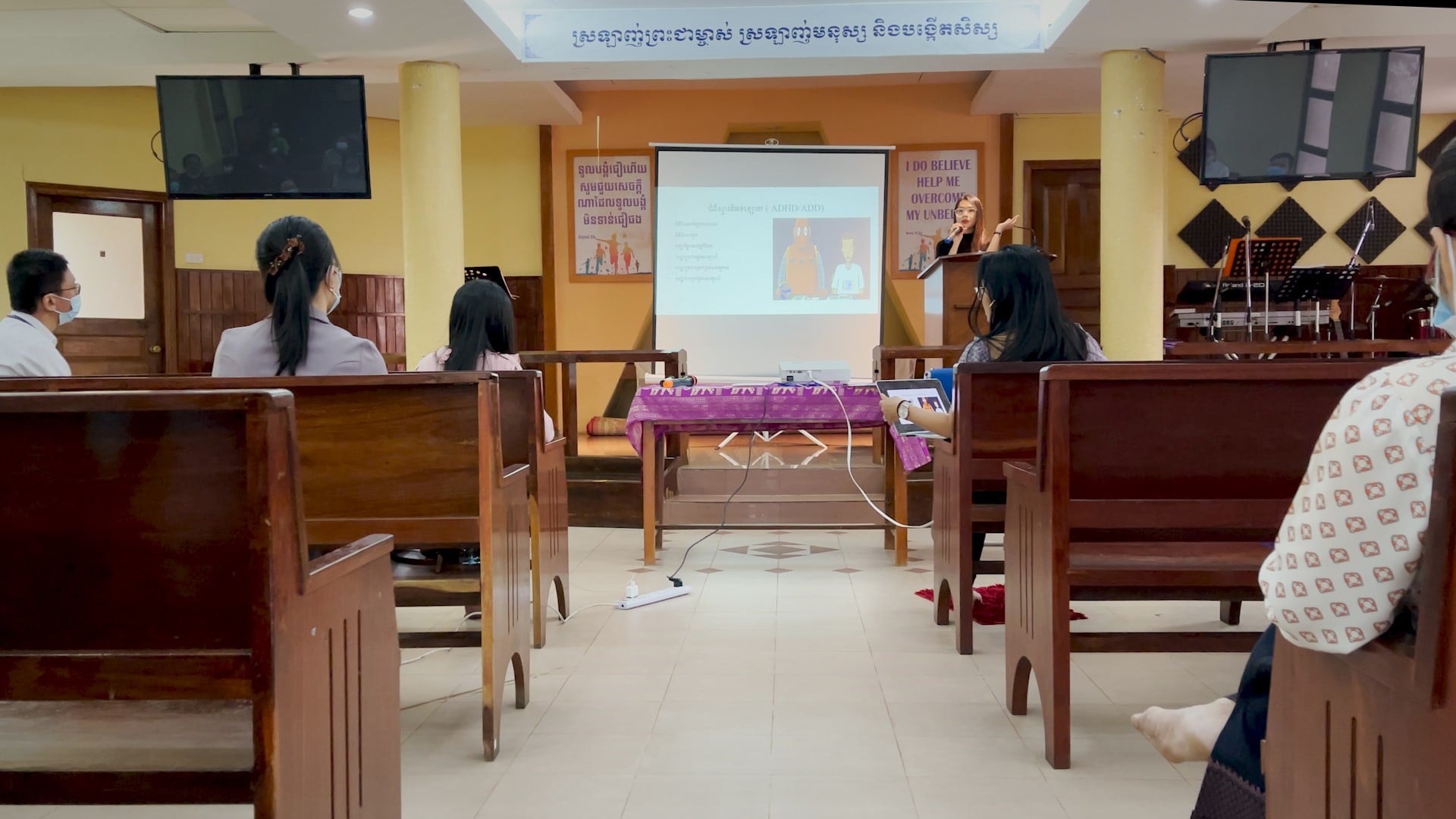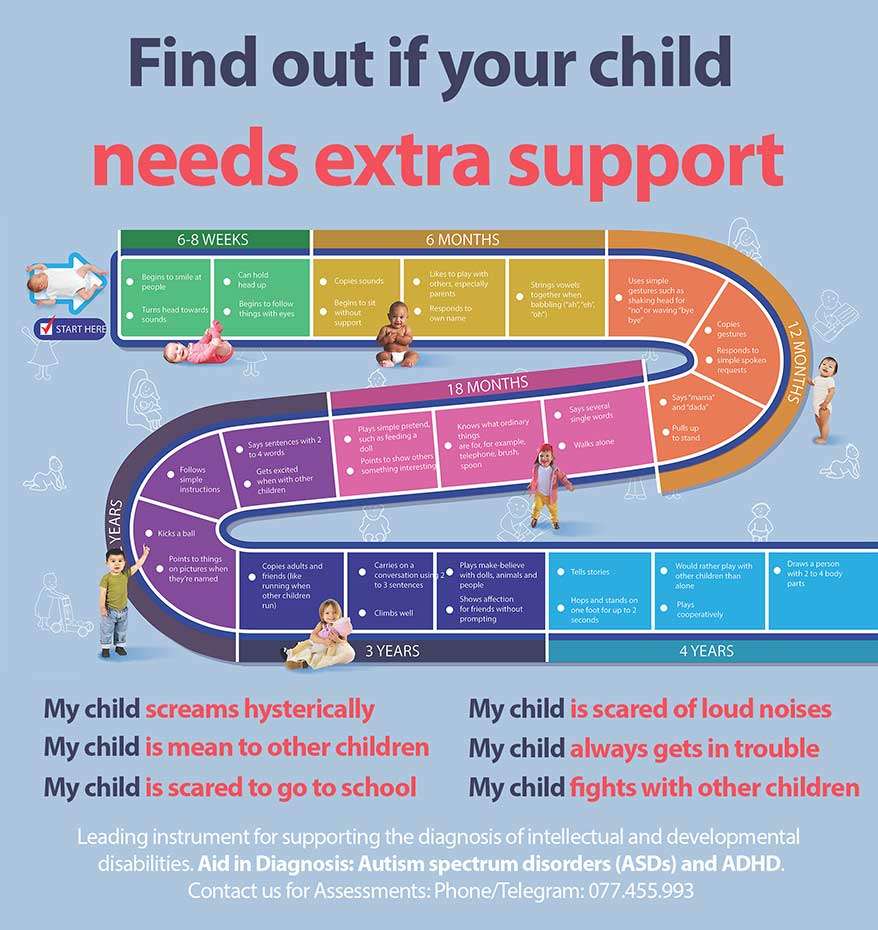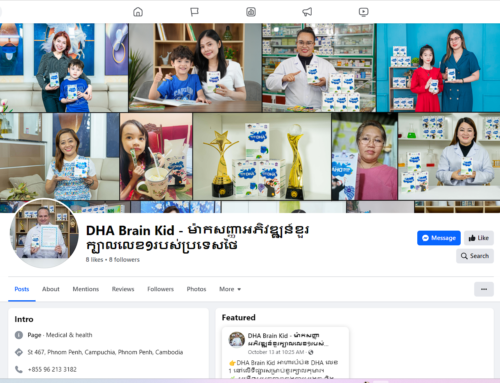Communication, the broadest of the three, encompasses the very act of sharing information, thoughts, and ideas, regardless of the medium. It can be expressed not only through spoken words, but also through sign language, emojis, body language, and even art. This expansive nature makes communication the foundation upon which language and speech are built.
Language, in contrast, defines the structured system of symbols, including words, grammar, and syntax, that enables us to encode and decode meaning. It acts as the rulebook, providing the framework within which communication takes shape. This system offers not only a vast repository of knowledge and information, but also the creative potential to craft new expressions and nuances.
Speech, then, stands as the specific mode of communication that utilizes spoken language. It involves the physiological production of sounds using our vocal cords, tongue, and other articulators, to give tangible form to the abstract constructs of language. Speech allows for immediate, dynamic interaction, facilitating real-time exchange of thoughts and emotions.
Despite their differences, these three facets work in synergistic harmony. Language provides the structure, speech brings it to life, and communication serves as the overarching purpose. Imagine a symphony: language as the sheet music, speech as the orchestra’s performance, and communication as the shared experience of the audience.
Understanding this interplay opens doors to fascinating avenues of study. Linguists delve into the evolution and structures of languages, exploring how they shape and reflect cultures. Speech-language pathologists focus on the mechanics of speech production and its disorders, working to ensure everyone has the tools to communicate effectively. Communication scientists, meanwhile, analyze the intricate dance of information exchange across various channels and contexts.
Furthermore, appreciating the distinct roles of communication, language, and speech is crucial in breaking down barriers. Recognizing the diverse ways humans communicate can foster inclusivity for those who rely on non-verbal communication or utilize alternative forms of speech. Additionally, understanding the power of language can equip us to be more mindful of our words, promoting clear and respectful communication in all its forms.
In conclusion, the human ability to communicate is a symphony in itself, orchestrated by the nuanced interplay of language, speech, and communication. By appreciating their individual roles and their harmonious collaboration, we gain a deeper understanding of ourselves and the complex tapestry of human interaction. It’s an ongoing exploration, filled with endless possibilities for connection, collaboration, and ultimately, a more inclusive and communicative world.
- My child screams hysterically
- My child is mean to other children
- My child is always worried
- My child is scared to go to school
- My child is scared of loud noises
- My child doesn’t know how to read
- My child is scared to play outside
- My child does not respond to his name
- My child always gets in trouble
- My child fights with other children
- My child doesn’t know how to count
If you are concerned about your child’s development, contact OrbRom Center for Assessments: Phone/Telegram: 077.455.993 – Telegram Link: https://t.me/OrbRom
If you are concerned about your child’s development, contact OrbRom Center for Assessments. Phone/Telegram: 077.455.993 Link: https://t.me/OrbRom






